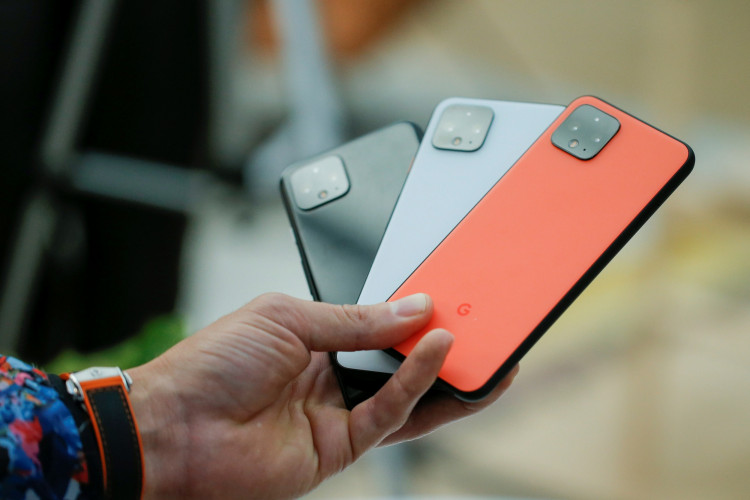The increasing popularity of gaming smartphones carries the trend of featuring high refresh rates on smartphones with Google and OnePlus already adapting this kind of technology. But, it appears that the Google Pixel 4 was not always going to be the first Google smartphone with a high refresh rate display. In a recent podcast, the Google Pixel team confirmed that at one point, there were discussions about using a 120Hz LCD panel on Google Pixel 3 instead of the 60Hz OLED screen we have today.
In the Android Developers Backstage Podcast available on Google Podcasts, several interesting behind the scenes details about the Google Pixel lineup were shared. Episode 129 of Android Developers Backstage podcast was recently released. It features Chet Haase from the Android Developer Relations team, Michael Wright from the Android Framework Team, and Romain Guy from the Android Toolkit team.
The developers talked about a couple of exciting topics. Among these are the use of high brightness mode in HDR settings and precise details ob the haptics of Google Pixel 4 paired to the audio of alarms and ringtones. The most interesting detail, however, was shared by Chet Haase, who explained that for several reasons, the smaller Google Pixel 3 released in 2018 was not originally meant to use an OLED display. While Haase did not go into details about the reason behind this, it appears that as an alternative, 120 Hz LCD panels were a part of considerations.
One of the considerations was the 120 Hz LCD panel on Google Pixel 3, shared Haase. The team was impressed since then after experiencing using a shard smartphone with the same LDC display. At that time, 120 Hz OLED panels were not yet around.
But, since then, ASUS introduce this technology to the market in its powerful ROG Phone II. While we missed seeing the Google Pixel 3 with a 120 Hz LCD panel, it was probably the best that the smalle Pixel used an OLED panel similar to the Google Pixel XL 3. But, the Google Pixel 4 was released with a lower refresh rate of 90 HZ, why not have it with 120 Hz if the said refresh rate was already considered for the Pixel 3?
Despite that a 120 Hz OLED was possible, Google chose the 90Hz so that battery consumption and performance will not be affected, said Haase.a 90 Hz display is as good as the 120 Hz since it provides most of the advantages of the 120 Hz, implies Haase.






